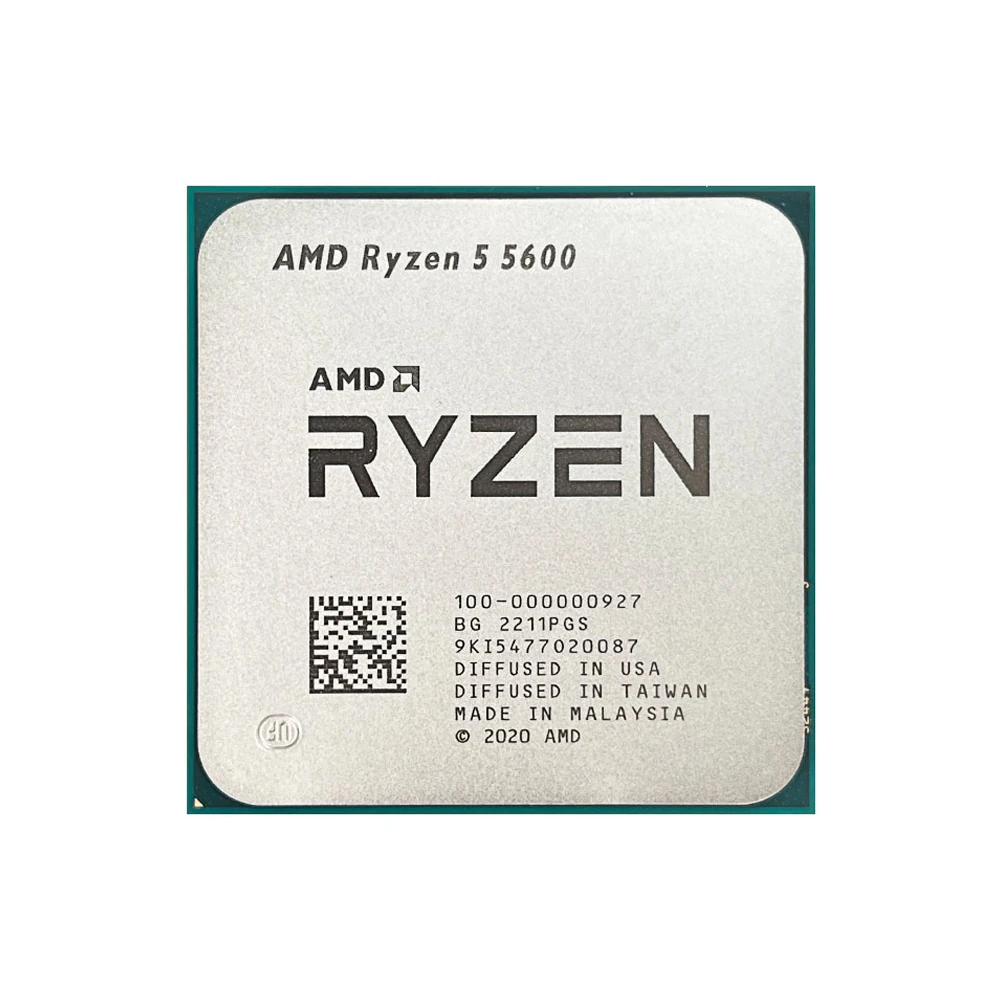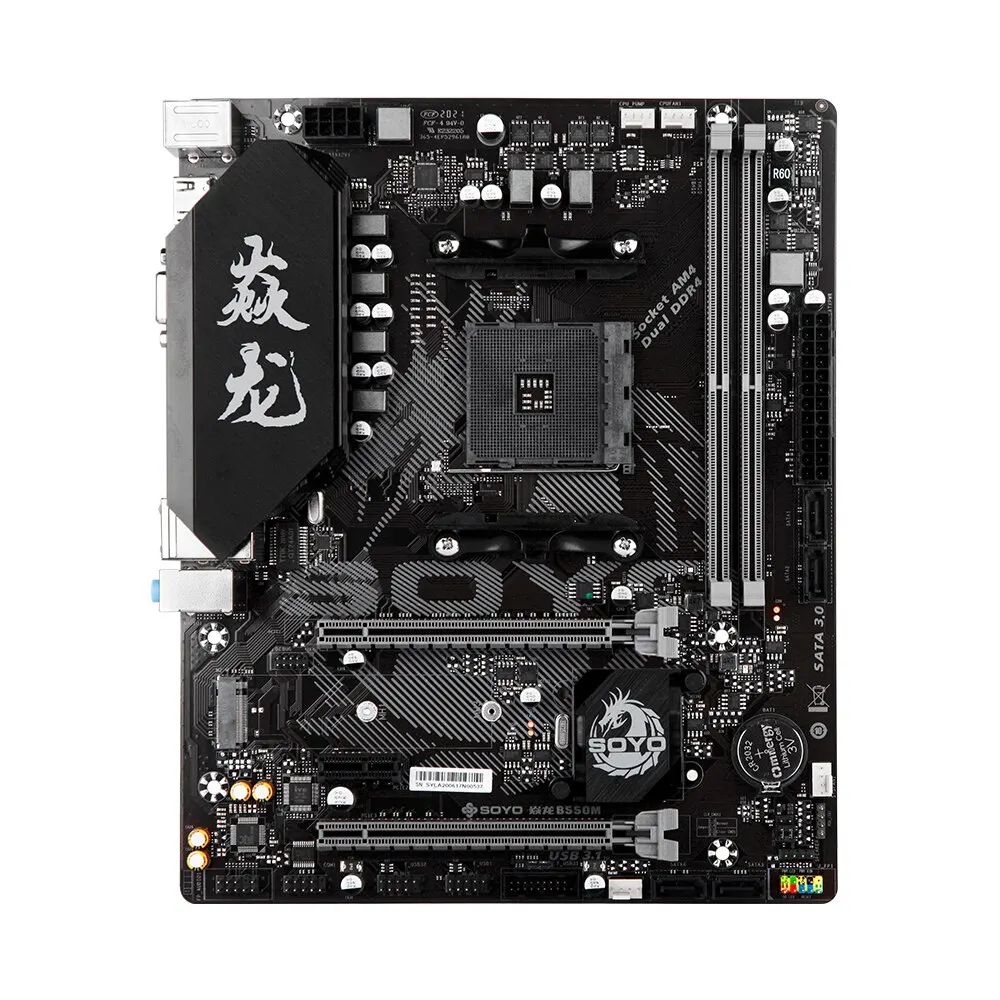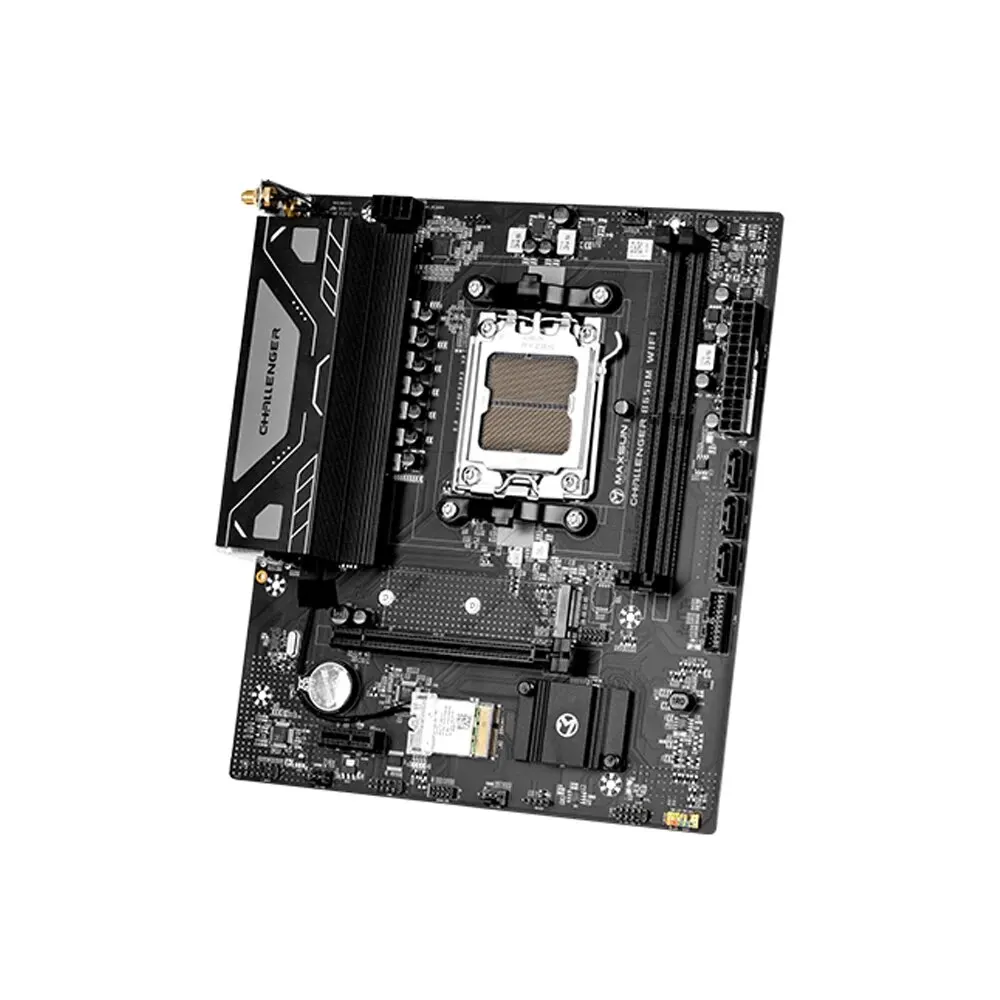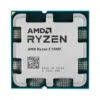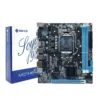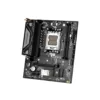Unlocking Maximum CPU Performance: The Crucial Role of Choosing the Right Motherboard
When it comes to building or upgrading a PC, many enthusiasts focus heavily on the CPU, GPU, and cooling solutions. However, one component that is often overlooked but plays a crucial role in a computer’s performance is the motherboard. The motherboard acts as the backbone of your system, connecting all components and facilitating communication between them. In this article, we will explore the importance of motherboards and how choosing the right one can maximize your CPU performance.
The Role of the Motherboard
The motherboard is a complex circuit board that integrates various components, including the CPU, RAM, storage devices, and expansion cards. It is essential for maintaining the functionality and performance of the entire system. Here are some key roles played by the motherboard:
- Power Distribution: The motherboard regulates and distributes power from the power supply to all connected components. A high-quality motherboard ensures stable power delivery, which is vital for optimal CPU performance.
- Communication Hub: Equipped with various buses and protocols, the motherboard manages data flow between the CPU and other components, such as RAM and storage devices.
- Expansion Slots: Most motherboards feature PCIe slots that allow you to add graphics cards, sound cards, and other peripherals, enhancing your system’s capabilities.
- Connectivity: Modern motherboards offer various ports such as USB, HDMI, Ethernet, and audio outputs, facilitating communication with external devices and networks.
Understanding Different Motherboard Specifications
Before selecting a motherboard, it’s essential to understand the specifications that can impact CPU performance. Here are some crucial factors to consider:
Chipset
The chipset is perhaps the most critical aspect as it determines the features available on the motherboard, including support for overclocking, number of USB ports, and RAID capabilities. A high-end chipset will provide better resource allocation and communication efficiency.
Socket Type
The CPU socket type must be compatible with your chosen processor. For example, Intel CPUs use LGA sockets while AMD CPUs use AM4 or LGA sockets. The correct socket ensures that the CPU can physically attach and operate correctly with the motherboard.
Power Phases and VRM Quality
The voltage regulator module (VRM) system on the motherboard affects how efficiently power is delivered to the CPU. A quality VRM with multiple phases can improve the stability of your CPU, especially during overclocking, allowing it to perform more reliably under load.
RAM Support
Motherboards differ in their RAM compatibility. You should check the maximum amount of RAM supported, as well as the speed and type (like DDR4 or DDR5). Utilizing faster RAM can lead to noticeable improvements in CPU performance, especially in memory-intensive applications.
Impact on CPU Performance
Choosing the right motherboard can significantly impact CPU performance in several ways:
- Overclocking Capability: A quality motherboard provides features that enhance overclocking potential, such as better cooling solutions for VRM components and advanced BIOS settings for managing power and voltage.
- Heat Dissipation: A motherboard with a robust cooling solution can manage heat effectively, helping the CPU maintain optimal performance without thermal throttling.
- Communication Speed: Higher-quality motherboards support faster bus speeds, which can reduce latency and increase data transfer rates between the CPU and other components.
Choosing the Right Motherboard
When selecting a motherboard, prioritize your specific needs and how you plan to use your PC. Here are a few tips to choose wisely:
- Assess Your Use Case: Determine whether you need a motherboard for gaming, content creation, or general use, as each has unique requirements.
- Consider Future Upgrades: Opt for a motherboard that offers room for future upgrades, such as extra RAM slots and PCIe slots.
- Research Reviews: Read reviews and benchmarks to understand how different motherboards perform with your chosen CPU.
Exploring Some Top Motherboard Options
If you’re in the market for a new motherboard, consider these exceptional options that elevate your computing experience:
The SOYO AMD B550M Motherboard with Ryzen 5 5600 is a powerful combination designed for gamers and enthusiasts. This Micro-ATX motherboard supports dual-channel DDR4 memory up to 32 GB and features PCIe 4.0 for high-speed data transfer.
For a specialized gaming experience, the SOYO AMD B550M Gaming Motherboard AM4 DDR4 offers dual channel support, M.2 NVMe support for fast storage, and Crossfire Dual Graphics for superior visuals during gaming sessions.
Another excellent option is the MAXSUN B650M WiFi Motherboard for AMD CPUs, which supports the latest AMD Ryzen 7000 series processors and includes dual-channel DDR5 memory, ensuring enhanced speed and efficiency.
Conclusion
The motherboard is an integral part of your computer system that can significantly influence your CPU’s performance. By understanding the importance of the motherboard and considering factors such as chipset, socket type, power management, and expansion capabilities, you can make an informed decision that maximizes your CPU’s potential. Whether you’re a gamer, content creator, or enthusiast, investing time and effort into choosing the right motherboard will pay dividends in overall system performance and longevity.


